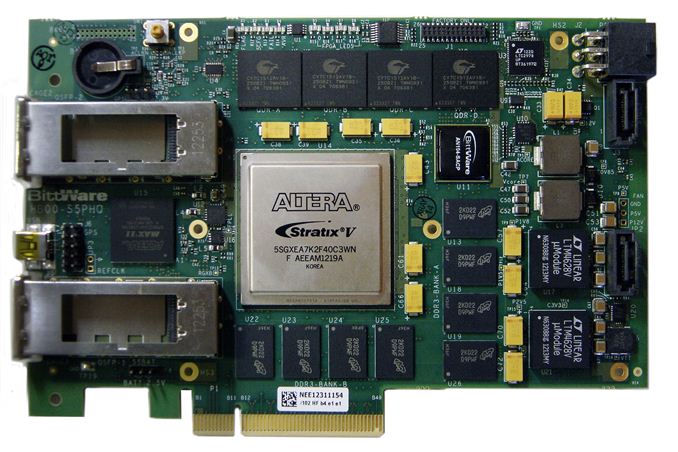So, does anyone think this will ever happen? I mean based on this article on Anandtech, it appears that FPGA's can run OpenCL, and apparently offer significantly better performance/watt than GPU's. (10x better is roughly quoted in that article). Unlike bitcoins there is no financial incentive in developing this stuff, so I would imagine it would have to be a grassroots effort in collaboration with stanford... As far as I can tell, it seems like it is TECHNICALLY possible though.
Thoughts....

Thoughts....

![[H]ard|Forum](/styles/hardforum/xenforo/logo_dark.png)